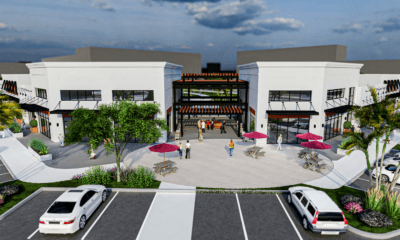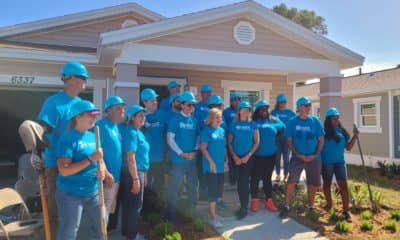Know
City Council advances plan to allow development, with conditions, in some flood-prone areas

St. Petersburg residents will get a chance to weigh in next month on a proposal to allow construction of new apartments in some areas in the city of the city that are prone to storm surge.
The City Council on Thursday agreed to advance the proposal, which allows developers to ask for zoning changes that would let them build new projects within part of the Coastal High Hazard Area, a 16,328-acre designation that encompasses 41 percent of the city’s total land area.
Developers currently are allowed to build in the CHHA — an area below the elevation of a Category 1 hurricane storm surge line — but they cannot build more than the maximum number of residential units already permitted at the site. The proposed city change would allow higher densities, or a larger number of units than currently exists, so long as the developers meet several conditions, including providing access to emergency shelters and evacuation routes.
The proposed change also mandates higher construction standards for the projects, said Alan DeLisle, city development administrator. “It will be more expensive for the development community because the increased standards are necessary for the safety of development in these areas,” DeLisle said.
Development could only take place in about one-third of the total Coastal High Hazard area under the proposal. Additionally, development would not be automatic or an easy process to go through. “There are a lot of checks and balances on this,” DeLisle said. “It allows myself and my team to negotiate with the developer on the project and have the city front and center on its priorities.”
Some City Council members raised concerns about gentrification, or pushing out lower income residents from areas where they currently live as new development occurs. But expanded housing options in the CHHA could lead to more affordable housing options in other parts of the city, said Liz Abernethy, director of planning and development services.
Other city council members questioned whether the proposed changes should be part of a broader look at city development under the Vision 2050 plan.
“We’re getting new projects in every day,” Abernethy said. “We’ve got three mobile home parks that are on the cusp of redevelopment. If we had these new standards in now, and not a year from now, it means all those new units would be built to these higher standards.”
The city council, meeting as a Committee of the Whole, voted 7 to 1 to advance the proposal. The only no vote came from City Council Vice Chair Gina Driscoll.
The measure will get a first reading and first public hearing before the City Council at its Aug. 20 meeting. It then moves to the state of Florida and Forward Pinellas, a local planning agency, for review, and returns to the City Council Oct. 8 for a final public hearing and vote on adoption.
A list of frequently asked questions about the changes is here.








Robert Thompson
August 6, 2020at1:32 am
Vote no. Seas are rising. We need to begin considering even lower density in flood prone areas…